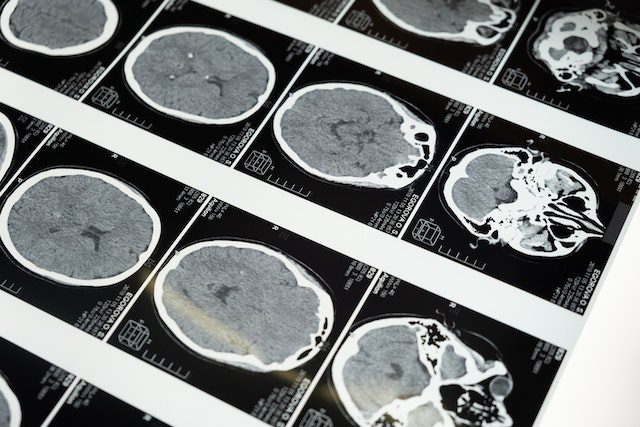Technology is essential in neurology, significantly improving diagnosis, treatment, and overall patient care. Neurologists depend on various technological breakthroughs to assist them in their everyday work and deliver the highest level of care for their patients. The following paragraphs will examine five different types of technology that neurologists use daily. The discipline of neurology has been changed as a result of the introduction of these techniques and technology, which have enabled more accurate diagnoses, better treatment results, and greater patient experiences.
Daily Technological Tools Utilized by Neurologists
Electroencephalograms (EEG)
Neurologists heavily depend on electroencephalogram (EEG) equipment as their primary tool for measuring and recording the electrical activity of the brain. This technology plays a crucial role in diagnosing and monitoring neurological disorders such as epilepsy, sleep disorders, and encephalopathy. EEG equipment captures and records the patterns of brainwave activity, enabling researchers and healthcare professionals to gain valuable insights into brain function and facilitate accurate diagnosis and treatment. With advancements in EEG technology, the development of EEG headsets has provided a more convenient and user-friendly solution for capturing brainwave activity, allowing for improved patient comfort and ease of use in clinical and research settings.
Magnetic Resonance Imaging (MRI) Scanners
MRI scanners may produce high-resolution pictures of the brain and other body regions via powerful magnetic fields and radio waves. These scans are very important to the study of neurology since they provide neurologists with in-depth visual representations of abnormalities as well as normal brain regions. MRI scans are very useful tools for diagnosing and evaluating a broad variety of neurological diseases, including tumors, strokes, multiple sclerosis, and vascular malformations. Because they are not intrusive, magnetic resonance imaging scans are the imaging method of choice when researching the brain and its complex architecture.
In addition, the development of MRI technology has led to a considerable advancement in our knowledge of neurological illnesses. It has also improved the accuracy of diagnosis, which has made it possible for more accurate treatment planning and improved patient outcomes. The magnetic resonance imaging (MRI) machine has become an essential piece of equipment in neurology due to its ability to provide complete and detailed pictures. As a result, neurology has been revolutionized, and advances have been made in patient treatment and research.
Scanners That use Computed Tomography (CT) Technology
Creating cross-sectional pictures of the brain and body with a CT scanner requires a combination of X-ray technology and computer processing power. CT scans are often used by neurologists in the diagnostic process of acute neurological diseases such as traumatic brain injuries, hemorrhages, and fractures of the skull. CT scans provide comprehensive pictures that assist medical professionals in identifying patients and monitoring their conditions, particularly in emergent circumstances.
Electromyography (EMG) Equipment
Electromyography (EMG) equipment examines the electrical activity of the nerves and muscles that regulate movement. The electromyogram (EMG) is a diagnostic and monitoring tool neurologists use to detect and track illnesses that impact the peripheral nervous system. These ailments include nerve injuries, muscle disorders, and neuropathies. EMG equipment assists in evaluating muscle function, locating anomalies, and guiding treatment options, including physical therapy or surgical procedures.
The Development of Telemedicine and Remote Monitoring Systems
Telemedicine and other remote monitoring systems are now considered necessary for neurologists due to advances in technology. These techniques allow neurologists to examine and follow patients remotely, which is particularly useful when travel or access to specialist medical treatment is restricted. Telemedicine allows for real-time video consultations, the exchange of electronic health records, and the remote monitoring of vital signs or neurological parameters, all of which contribute to increased patient access to treatment and improved results.
Conclusion
The discipline of neurology has been completely transformed by technological advancements, which have provided neurologists with sophisticated instruments to diagnose, treat, and monitor a wide range of neurological diseases. Evaluating a patient’s muscle and nerve function can now be accomplished using EEG machines, MRI scanners, and EMG equipment. Patient care has been revolutionized as a result of these technological advancements. In addition, telemedicine and other remote monitoring technologies have enhanced patient experiences while increasing access to expert medical treatment. Neurologists should anticipate future advancements that will increase their capacity to deliver optimum treatment and improve outcomes for those who suffer from neurological illnesses as technology continues to evolve.
